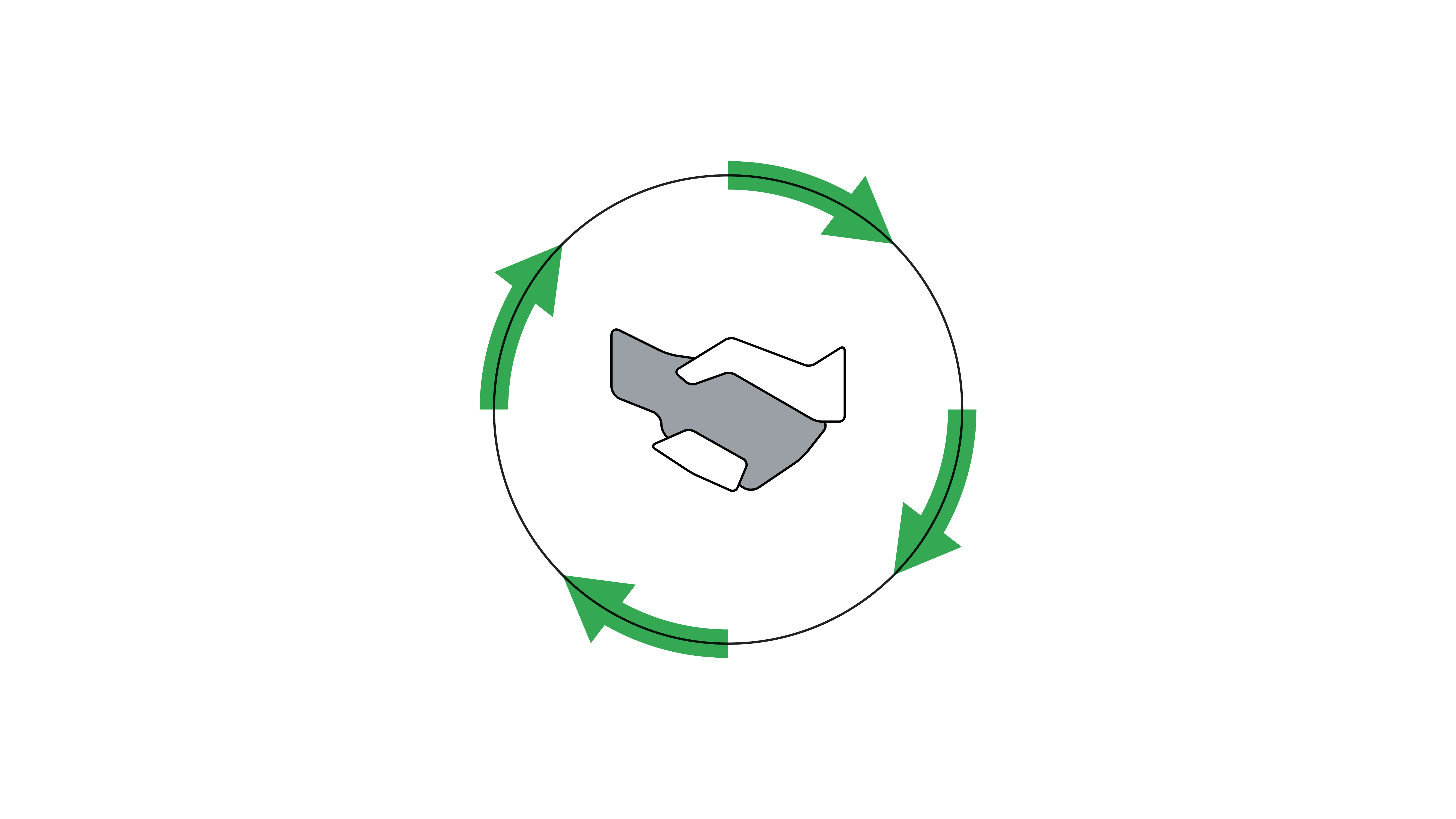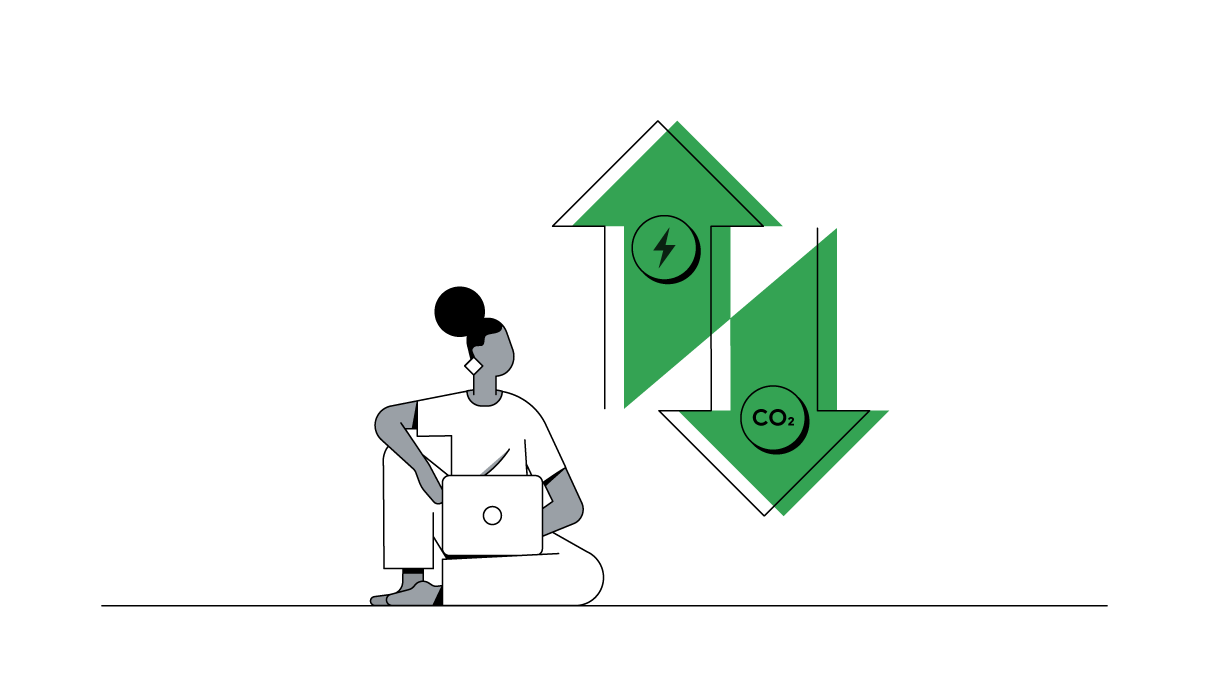From using first-party data and automation to untangling the messy middle of the customer journey — it’s clear that for many businesses, digital acceleration has been driving recovery. But the transformation is happening at such speed, that it could be easy for marketers to feel overwhelmed by it all. We asked five speakers to share one piece of advice they think marketers should follow to gear themselves up for the road ahead.

1. Know your starting point
We’ve seen a 200% increase in searches for online shopping and buying online in the last year, causing consumer expectations to shift, too. More and more, shoppers expect advanced experiences like virtual try-ons and retail apps as part of their purchase journey — and many of these changes are likely to stay. In fact, three out of four consumers say they have tried new websites, products, and brands during the pandemic, and the majority has said they will keep using them post-COVID.
This year has shown that successful retailers are agile and able to constantly adapt to changing consumer needs, and it all starts with insights and data. That’s why online tools such as Google Trends will continue to be key for businesses now and in times of recovery.

2. Appoint a ‘data responsible’
It’s no secret that a strong data strategy can really help brands connect with their customers. Still, it is estimated that just one in 100 companies actually operates best practice when it comes to first-party data.
Much of this has to do with the quality and organisation of data collection, and it all starts with knowing what you need. Data scientists live by the ‘garbage in, garbage out’ mantra, which means that only the data that is fresh, durable, and relevant is worth collecting. It’s for this reason organisations can hugely benefit from appointing a ‘data responsible’. Not only will they ensure the quality of first-party data, but they will also help businesses be smart on the technology you use to process and connect different data sets and, most importantly, ensure data is used responsibly throughout the organisation.

3. Identify your most valuable customers
Even before the pandemic, one question was increasing in frequency across marketing departments: which type of customers should we try to acquire more of? Key to answering this is customer lifetime value (CLV), which predicts the long-term value of individual customers. It is perhaps the most important weapon in a performance marketer’s arsenal.
The first step on a CLV journey is to understand the concentration of your current revenue — and in specific, what percentage of revenues are driven by your top 20% customers. The second step is to use machine learning to acquire more of these high CLV customers. One way to do that is by forecasting the CLV of newly acquired customers and sharing those insights with Google’s automated bidding tools. Swedish fintech company Qred upped their return on ad spend (ROAS) by 25% with this strategy.

4. Take the stress out of the buying decision process
The pandemic has made the customer journey even messier than it was before, but one thing remained true: no matter where they are in their path-to-purchase, consumers are either exploring or evaluating. While the exploration stage is where new products or brands are , the evaluation stage is used to reduce the number of choices before purchase. This onslaught of new information can cause mental strain for consumers and sometimes means they have less bandwidth to spare.
To help make evaluating choices online easier for their customers, brands should address six powerful behavioural biases. For example, when a customer only focuses on one benchmark, such as the megapixels on a smartphone camera, that bias is known as heuristics. Social proof, the tendency to copy the behaviour of others when faced with uncertainty is another. Prominently displaying characteristics as well as consumer reviews is one way brands can take advantage of these biases.

5. Build your brand with YouTube
Now more than ever, people collectively turn to YouTube for anything from entertainment and comfort to education and ways to feel connected. Today, YouTube attracts over 10 million monthly unique visitors in the Netherlands alone. And in Denmark, it reaches 70% of the population aged between 25-54 each week.
In addition, more and more people stream videos on their TV-screens, showing that not just the breadth, but the quality of the content offered on the platform is constantly evolving. With this extensive library on offer, how can brands use the platform to connect with their customers in a meaningful way? It all starts with relevancy. YouTube Select allows brands to cherry-pick the content most relevant to their marketing needs to make sure their messages resonate with their audience and ultimately drive business results.







